This comprehensive guide provides everything you need to know about reducing fractions worksheets, from basic concepts to advanced techniques. Whether you’re a teacher, parent, or student, you’ll find valuable resources and practical tips to make learning fractions fun and effective.
Simplifying Fractions: Essential Techniques
Working with fractions becomes significantly easier when you understand how to simplify them. This section explains the core methods for reducing fractions to their lowest terms.
The Greatest Common Factor (GCF) Method
This method involves finding the largest number that divides evenly into both the numerator (top number) and the denominator (bottom number). This number is the Greatest Common Factor (GCF). Once you’ve identified the GCF, divide both the numerator and denominator by it.
Example:
Let’s simplify the fraction 12/18. The GCF of 12 and 18 is 6.
12 ÷ 6 = 2
18 ÷ 6 = 3
Therefore, 12/18 simplifies to 2/3.
The Prime Factorization Method
This method breaks down both the numerator and denominator into their prime factors (numbers divisible only by 1 and themselves). Any prime factors common to both the numerator and denominator are then canceled out.
Example:
Let’s simplify 24/36.
24 = 2 x 2 x 2 x 3
36 = 2 x 2 x 3 x 3
Canceling out the common prime factors (two 2s and one 3) leaves us with 2/3.
Repeated Division Method
This method is particularly helpful for beginners. Simply divide both the numerator and denominator by a common factor. Repeat this process until they share no common factors other than 1.
Example:
Let’s simplify 16/24. Both 16 and 24 are divisible by 2.
16 ÷ 2 = 8
24 ÷ 2 = 12
Now we have 8/12. Both 8 and 12 are divisible by 4.
8 ÷ 4 = 2
12 ÷ 4 = 3
So, 16/24 simplifies to 2/3.
Understanding Different Types of Fractions
Just like there are different types of tools for different jobs, there are different types of fractions:
Proper Fractions
In a proper fraction, the numerator is smaller than the denominator (e.g., 2/5, 3/8).
Improper Fractions
In an improper fraction, the numerator is equal to or larger than the denominator (e.g., 7/4, 11/5).
Mixed Numbers
A mixed number combines a whole number and a proper fraction (e.g., 2 1/3, 5 2/7). Converting between improper fractions and mixed numbers is an important skill. For example, 7/4 can be expressed as the mixed number 1 3/4.
Why Simplifying Fractions is Important
Simplifying fractions offers several key advantages:
- Clarity: Simplified fractions are easier to work with in calculations.
- Comparison: Comparing fractions is much simpler when they are in their simplest form.
- Foundation: Simplifying fractions builds a crucial foundation for more advanced math concepts, such as adding, subtracting, multiplying, and dividing fractions, as well as working with decimals and percentages. This foundational knowledge is also important for topics like naming ionic compounds.
Worksheet Wonders: Practice Makes Perfect
Reducing fractions worksheets provide targeted practice to master simplification techniques. These worksheets include various exercises:
- Reducing to Lowest Terms: This fundamental exercise reinforces simplifying fractions to their simplest form.
- Simplifying with Visual Models: Visual models, like shaded diagrams, provide a concrete representation of fractions, which can be particularly helpful for visual learners.
- Converting Between Improper Fractions and Mixed Numbers: This exercise strengthens the ability to switch between these two fraction representations.
Free Printable Worksheets: Your Treasure Trove
Numerous online resources offer free printable reducing fractions worksheets. Here are a few excellent options:
- Math Salamanders: Offers graded worksheets and a quick quiz.
- Education.com: Provides a vast library of resources, including digital activities and lesson plans.
- DadsWorksheets.com: Features worksheets with increasing difficulty, incorporating mixed numbers and improper fractions.
- Math-Aids.com: Allows worksheet customization based on difficulty and problem types.
- K5 Learning: Focuses on grade 5 worksheets, emphasizing reducing to lowest terms.
- Math Worksheets 4 Kids: Uses visual models and shaded parts in grade 4 worksheets.
- Math-Drills: Offers no-frills worksheets in PDF format.
From Beginner to Advanced: Choosing the Right Worksheet
Selecting the appropriate worksheet is crucial for effective learning.
Beginner
Focus on visual models, simple proper fractions, and the repeated division method. Resources like Math Salamanders provide excellent beginner-level worksheets.
Intermediate
Introduce the GCF method, prime factorization, simplifying improper fractions and mixed numbers. Tutoring Hour and Math Worksheets 4 Kids offer suitable intermediate-level resources.
Advanced
Tackle simplifying fractions within algebraic expressions, fractions with variables, and complex multi-step problems. Consider resources like Corbettmaths Simplifying Fractions Textbook Exercise.
Tips for Teachers and Parents
- Visual Aids: Utilize visual aids like fraction circles or bars.
- Address Misconceptions: Correct common errors early on.
- Interactive Activities: Incorporate games and manipulatives.
- Real-World Connections: Relate fractions to everyday situations.
Conclusion
Mastering fraction simplification is a crucial step in building a solid math foundation. By utilizing these worksheets and resources, learners can progressively strengthen their skills and gain confidence in working with fractions. While our current understanding of fractions is robust, ongoing research in mathematics suggests that there’s always more to explore and discover. Keep learning and enjoy the journey!
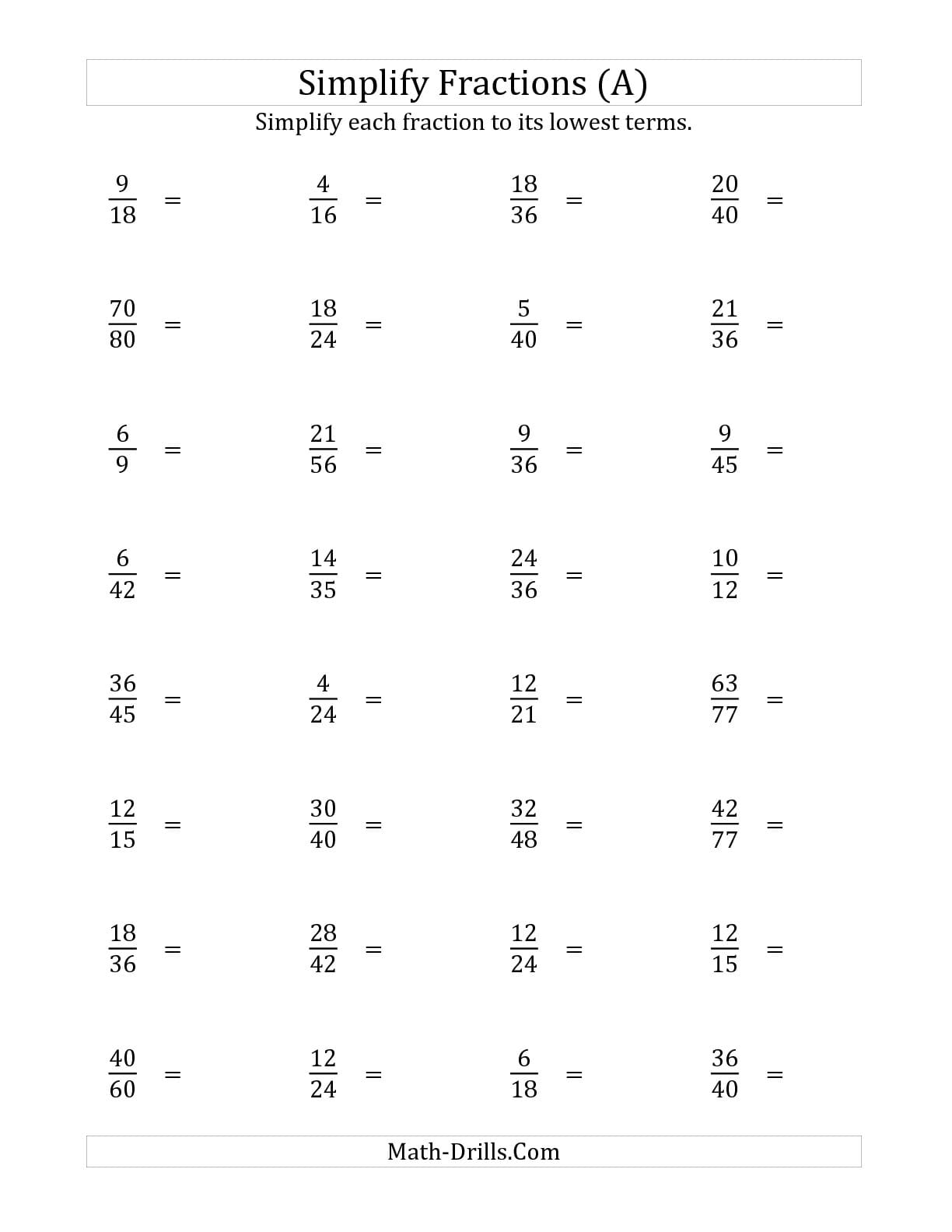
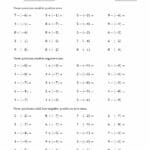

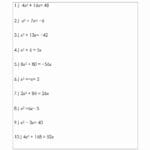

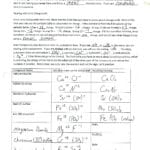
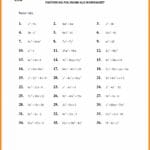










1 thought on “Reducing Fractions Worksheet: Free Printable & Customizable”
Comments are closed.